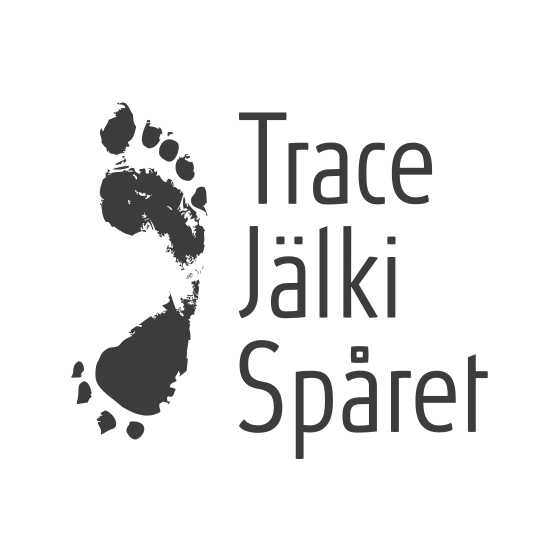From Dingoes to AI
Who Makes Decisions in More-than-Human Worlds?
DOI:
https://doi.org/10.23984/fjhas.145720Keywords:
Decision-making, participatory governance, more-than-human design, algorithmic accountability, more-than-human justiceAbstract
There is a pressing need for improved decision-making in a rapidly changing, unpredictable world. In response, we integrate ecocentric and technocentric perspectives to develop a more-than-human framework for understanding creative decisions that direct action in environmental governance, management, and design. Technocentric and ecocentric approaches often pursue distinct and incompatible goals but also share a commitment to amplifying power, reach, accountability, fairness, and beneficial consequences of decision-making processes. Current frameworks for urban and environmental management often prioritize human decisions and technologies at the expense of nonhuman voices. This results in widespread harm to nonhuman lifeforms and, by extension, to human societies. This study introduces an integrated approach to decision-making, one that draws on the creative potential of both human and nonhuman agents. We argue that embracing a more-than-human perspective can foster just relationships, enhance care, promote resilience, and support wellbeing in multispecies communities. To evaluate this framework, we examine decision-making processes in nonhuman organisms, compare these with technical systems, and explore hybrid decision-making in diverse contexts. As a case study, we examine the challenges facing alpine dingoes in Australia. The goal is to assess the impact of smart technologies on these apex predators in three future human-altered landscapes. The outcomes illustrate how more-than-human decision-making can contribute to environmental design and management. This, in turn, offers actionable insights for building equitable and sustainable futures. Our work also contributes to research on more-than-human approaches to algorithmic management in relation to cities, landscapes, and the communities that inhabit them.

Downloads
Published
Issue
Section
License
Copyright (c) 2025 Stanislav Roudavski, Douglas Brock

This work is licensed under a Creative Commons Attribution 4.0 International License.





